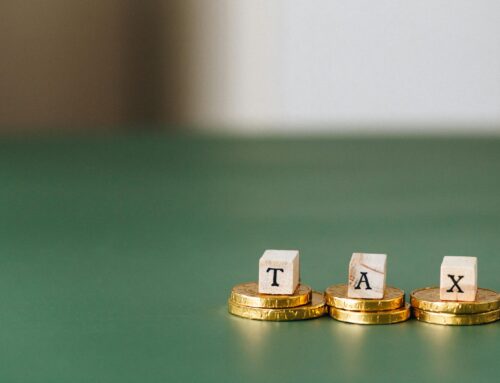Investment and Capital.
Connie Bruwer from PC Bruwer and Partners advises on this important topic.
Question: As long as we do not touch my capital, I hear frequently as people’s requirements when they seek advice about investments. It this always wise?
Connie: Strange as it may sound, it is sometimes cheaper to also use your capital to provide income.
Question: What is the reason for this?
Connie: Capital is not taxable. Income from the return on capital is. To say this in a simpler way – money that is in your safe (legal money that you already paid income tax on) – is still not taxable if you only take out a hand full on a daily basis. But unfortunately money in a safe does not grow.
Question: How can you get the best of both worlds?
Connie: To get the best of both worlds, you need to invest your money in such a manner that you draw part capital (from the “safe”) and draw partly from returns on capital. Insurers have a product that does exactly that, which I think is sometimes neglected at the expense of investors, perhaps precisely because of the prejudices against capital withdrawals. It’s a voluntary annuity that is purchased with a cash amount, excluding compulsory money from retirement funds, in return for which the insurer undertakes to pay you a monthly or annual income.
Question: What are the tax implications of this?
Connie: Because such an annuity partly pays out proceeds and partly capital, a portion of this income is tax exempt.
Question: How do they calculate such an annuity?
Connie: Such an annuity is calculated using the life expectancy as per the accepted mortality tables.
But what tipped the scale for me in favour of this particular client, and again stresses my view that everyone’s needs are different, is that both his parents lived up to their nineties.
According to the tables, his life expectancy is a further 17 years, but according to his genetic origin, his chances increase with another 30 plus years, which makes such an annuity eminently suitable as a risk that your money will die before you.
Naturally R10 000 per month over a period of 30 years will not be worth much, but the client has other money with good growth potential that can be invested to keep inflation at bay.
Question: Are there any other options?
Connie: There are of course different options when buying a voluntary annuity – something that a good adviser will give you more information on.
I’d rather discuss the relationship between a voluntary annuity and that of a one-third cash withdrawal from a retirement fund or retirement annuities.
Many people with who I speak, are reluctant to withdraw the full amount of cash based on the fear that they will not have enough income after retirement. The problem is that your pension from a compulsory annuity is fully taxable and also at a marginal rate.
Question: What is your advice then?
Connie: My advice is to always at least withdraw the tax-free portion (minimum of R550 000). Depending on your tax rate, you can also consider to withdraw the next R220 000 (as long as it falls within your third), then to pay the 18% tax thereon and then buy a voluntary annuity.




